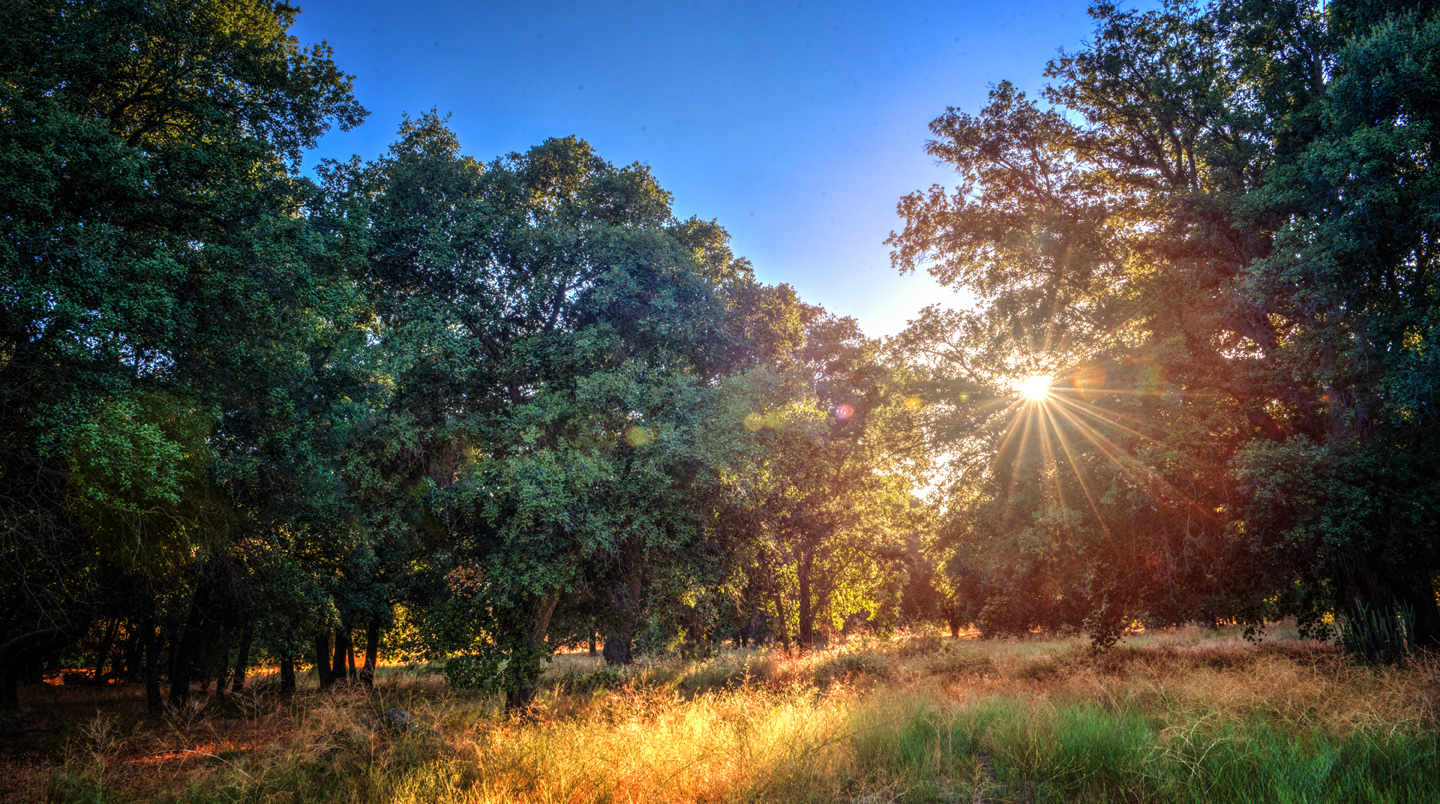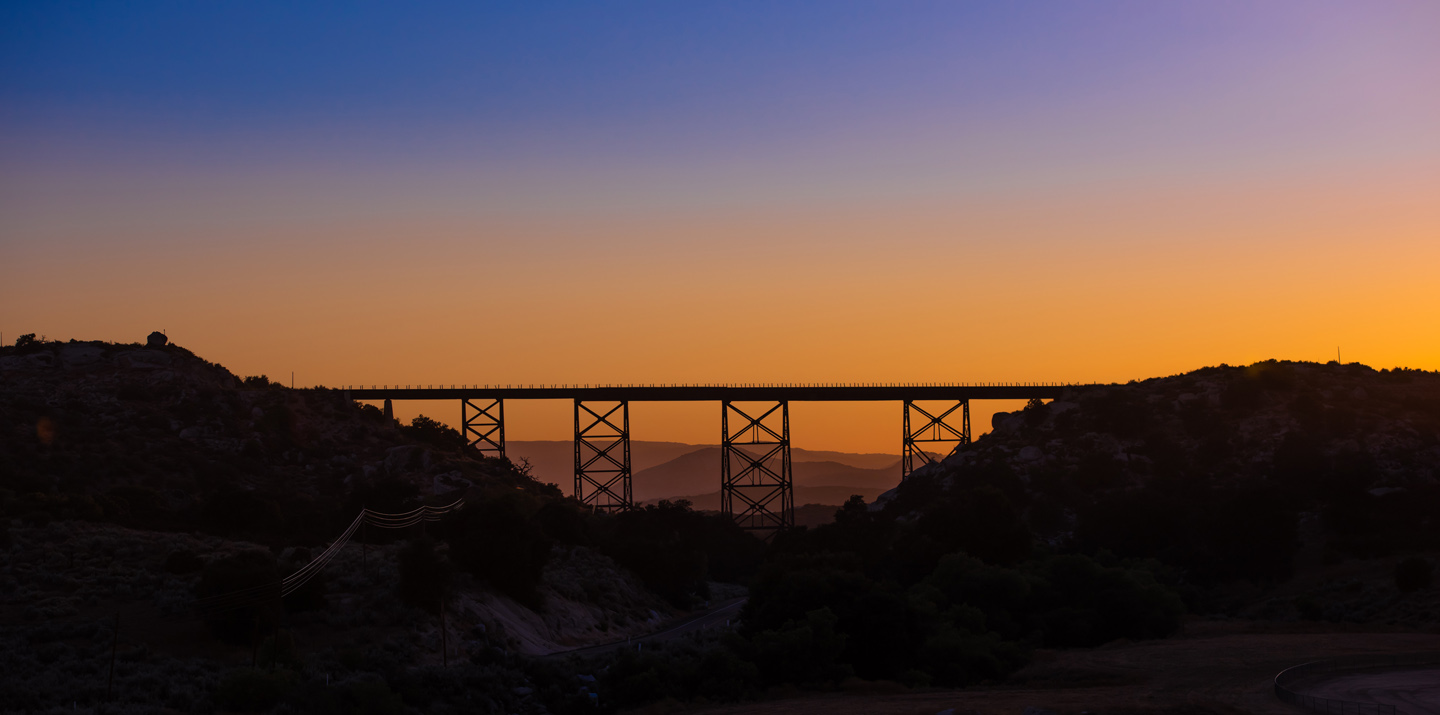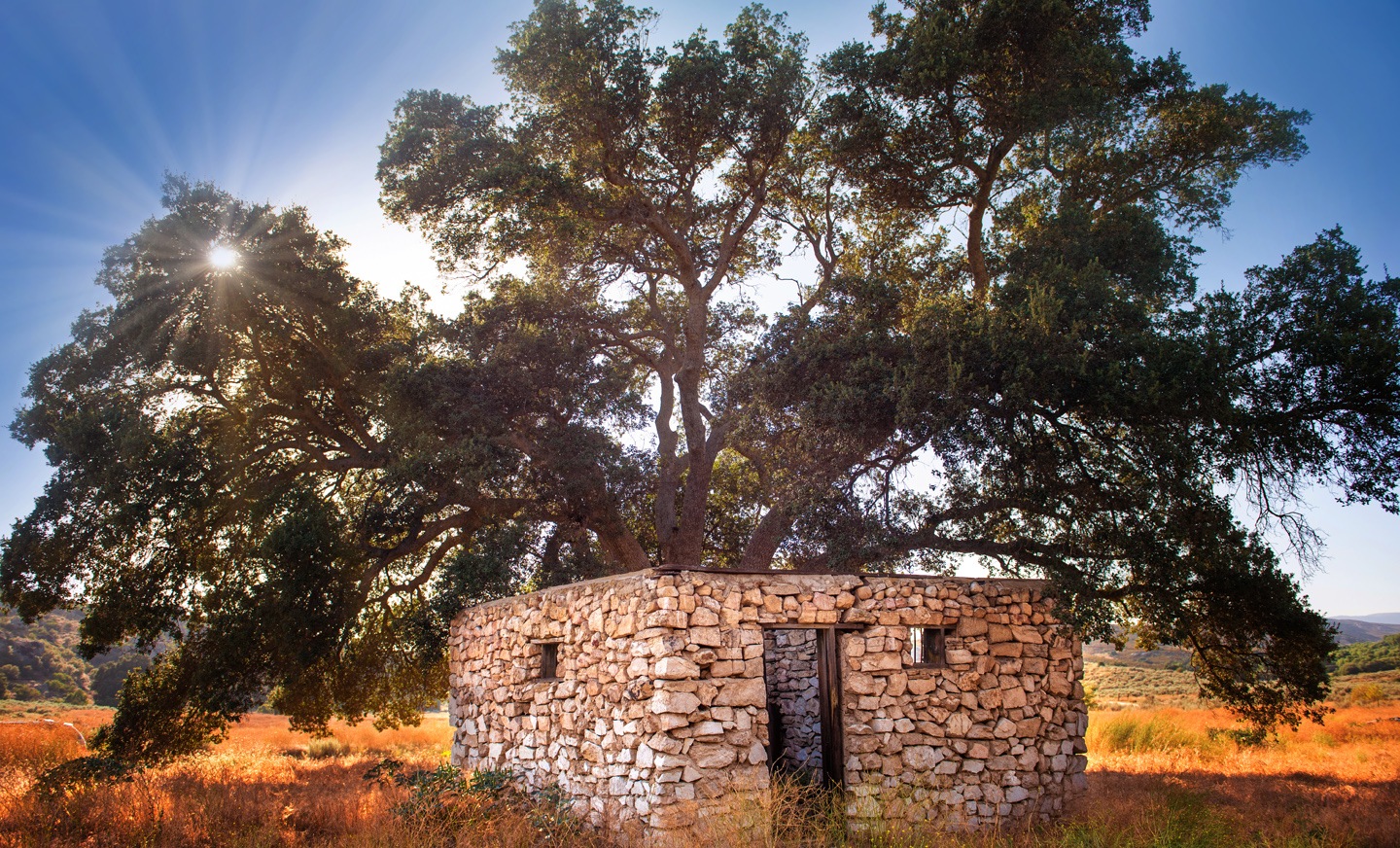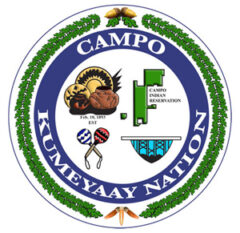The Campo Kumeyaay are part of the Kumeyaay Nation that extends from northern San Diego County to the dunes of Imperial County and south past Ensenada, Mexico. Currently, 12 U.S. Reservations and 4 Mexican Ejidos identify as Kumeyaay. The Campo people are descended from some of the most resistant fighters against the encroachment of Spanish, Mexican and American populations. Kumeyaay of the mountains and desert held the Spaniard and Mexican settlements to the coastal zone up to present day El Cajon. Major villages, from Cuyamaca to Jacumba, united to conduct raids and battles against coastal settlements, and later ranchos, through the 1830s and 1840s. Kumeyaay united with Quechan and Cocopa warriors from the Colorado River to launch attacks all the way to San Diego.
In 1852, American negotiators met with Kumeyaay leaders and signed the Treaty of Santa Ysabel to secure a Reservation for Kumeyaay that encompassed about 20% of present-day San Diego County. The Treaty was never ratified, after strong lobbying by the California legislature, and the Kumeyaay were never informed of this fact. For 40 years Kumeyaay lived in increasingly fragmented villages called Rancherias as homesteaders crowded them out of their lands. Some Reservations were created in the 1870s for a portion of the Kumeyaay but the mountain bands of southeast San Diego County were too isolated to come to the attention of the federal government until the 1890s.

In 1891 an Act was passed by Congress authorizing funding to create Reservations for the Kumeyaay still without land protection. In 1893 the Campo Reservation was created near a Rancheria in the Campo Valley, close to Cameron Corners. It became apparent by the late 1890s that there were still populations of Kumeyaay that had not been identified previously. Several drought years around 1900 caused a loss of acorn production from the oaks and Kumeyaay were starving across the region. After lobbying by the Sequoya League in 1904-1906, Congress authorized funding to expand the Campo Reservation to accommodate the remainder of these landless Kumeyaay. This part of the Reservation, known as New Campo or Muht Hei, was created in 1910-1911. The U.S. Department of the Interior, through the Bureau of Indian Affairs, established offices and a school at Campo Reservation in 1911. Efforts were made to train Kumeyaay men in agriculture and trades, women were taught lace-making and domestic skills. Traditional skills and beliefs were suppressed.
Many of the Kumeyaay resisted by uniting with other southern California Indians in the Mission Indian Federation to press for claims related to the unratified Treaty. Traditional practices still continued in songs and ceremonies though often secretly to avoid actions from the BIA officers. Income was supplemented through traditional crafts and many Indian men went off Reservation to find work in ranching, farming and other trades. Limitations on the authority of the Campo tribal government allowed very little economic development beyond individual livestock and farms. Efforts to establish commercially viable businesses often failed due to opposition from competing off-Reservation businesses and the unwillingness of the BIA to stand up for the tribe. In 1975 the federal government passed the Indian Self-determination Act, which allowed for tribes to regain much of their sovereign authority that had been usurped by the BIA. Campo passed a Constitution to further enhance the ability of the Campo people to decide their own fate.

The Campo people relied on wages for labor off-Reservation to survive for most of the 20th Century. On Reservation jobs have usually been tied to the Bureau of Indian affairs facilities or grants. In the latter half of the 20th century unemployment at Campo was consistently over 70% and poverty was endemic. Over the last 30 years much has been accomplished. The Campo Band created an Overall Economic Development Plan, during the 1970’s, in conjunction with the opening of Interstate 8 through the Reservation, designating commercial property at the freeway and also at the south end of the Reservation. By the early 1990’s, Campo had started a sand mining operation at the Reservation and had organized a fire department, education, environmental, and housing departments as well as a tribal development corporation and health clinic. Campo initiated several economic development projects, including a trash to energy project, a municipal solid waste landfill, and a wind energy project, but none of these came to fruition.
In the mid-1990s Campo initiated a major housing development, building over 30 homes within two years. By the late 1990’s, changing economic and legal conditions regarding gaming presented a new opportunity to the Campo Band, leading to the opening of the Golden Acorn Casino in 2001. During the early years of the new century, a new clinic building was constructed to host the SIHC satellite clinic, and by 2010 the clinic had been expanded to host dental and mental health services. During this same time period the Tribe seriously considered the development of a major new wind project as well as options for re-starting the landfill process, however neither project was approved to move forward at that time.

Campo has been at the forefront of many national efforts. The Campo EPA was one of the first comprehensive environmental programs initiated on a California Indian Reservation. Stream restoration programs on the Campo Reservation have received national attention. Campo has been a leader in pushing for water rights and taxation equity in California. Campo’s Fire Department has provided primary or secondary support for over 500 square miles of tribal and non-tribal territory.
Campo is in between the relatively progressive and growing city of San Diego to the west and the town of El Centro to the east. San Diego has many affluent suburb communities, while El Centro, largely an agricultural economy, has one of the highest unemployment rates in the U.S. The unofficial unemployment rate at Campo is 28%. The people of Campo place a high value on education. This is shown by the ongoing support for the education department. In the late 1980’s, Campo had a 100% drop out rate at Mtn. Empire High School. Working with the school district, Campo was eventually able to bring that down to less than 50%. Campo has been a continuing supporter of Kumeyaay Community College and every semester there are attendees from Campo either on-line or at the campus on Sycuan Indian Reservation. Post-secondary training and school were funded under the revenue allocation plan from the casino. Many tribal members took advantage of this program. In addition, Campo has a regular scholarship program.

For residents of the Reservation, most training and education is difficult due to the distances to the educational facilities. Additional classes are proposed for the Reservation, such as Internet classes, that may help to bridge some of this need in the late seventies, several Overall Economic Development Plans were initiated describing several options for economic development to pursue. As the tribe became better organized several departments were created. From the late 1980s through the 1990s Campo created a Fire Department, Economic development company, Environmental Department, Education Department, Housing Department, and Public Works Department. A small but growing number of people now have college degrees and many more have at least some college or post-high school training. The establishment of the Golden Acorn Casino and Travel Center in 2001 was an important milestone in the Campo economy. Subsequently, several smaller projects leasing land for billboards and cell towers and wind energy have provided the start of a sustainable tribal economy. A new wind project was authorized in 2019 by the Campo people. Currently, the project is undergoing the environmental and regulatory process and it’s expected that construction will start sometime in 2021.
Today the Campo people continue to prioritize health, culture, education, housing and safety as the most important social elements of self-governance. Economic development is a critical part of providing the resources to address these priorities. A viable sustainable economy is core to the goals and aspirations of the tribal economy. It is with our understanding and recognition of the past that we tackle the problems of today to help build a successful future.






